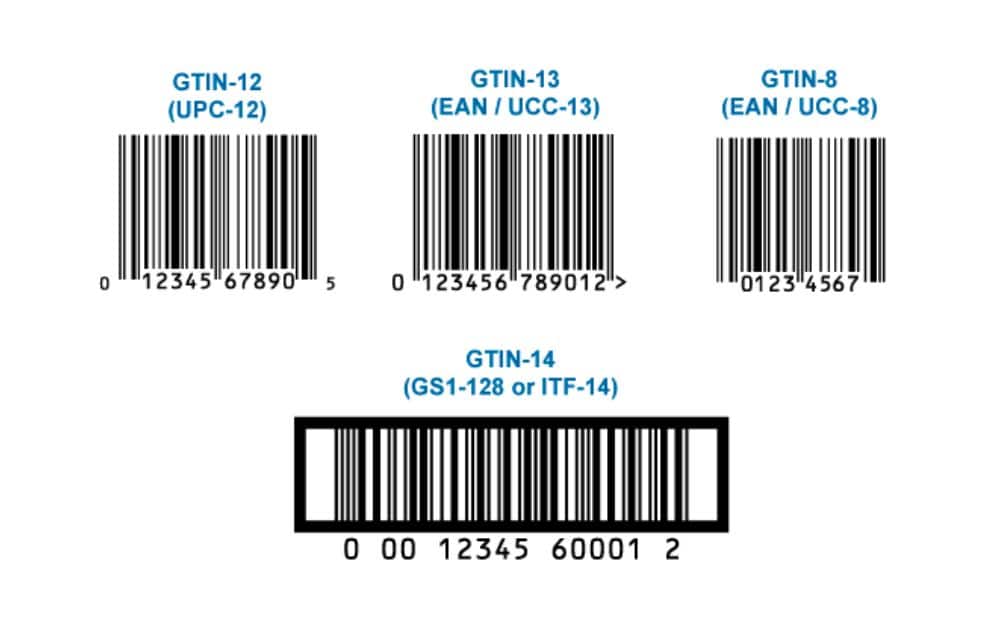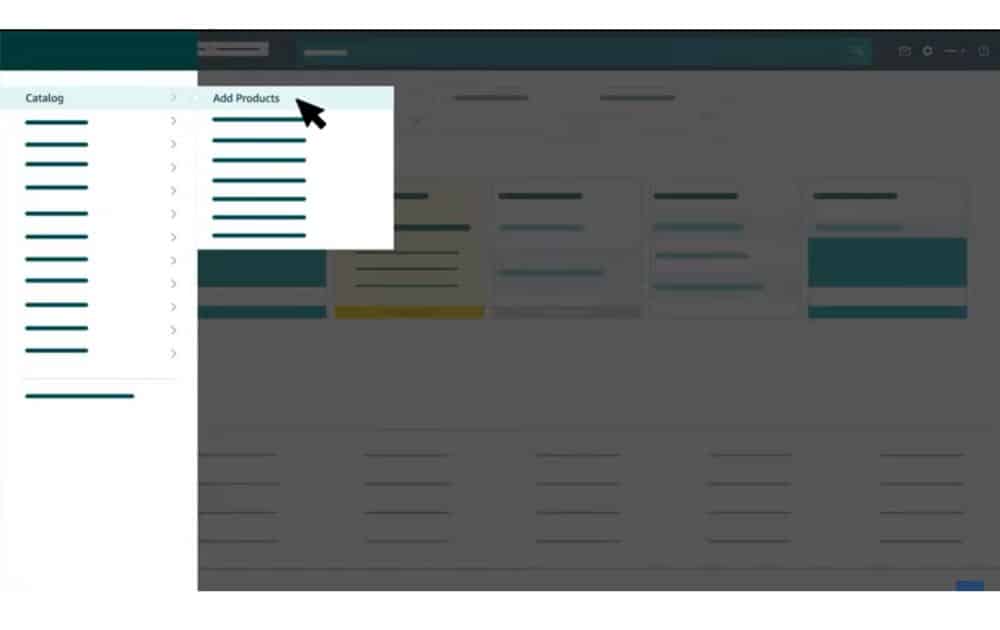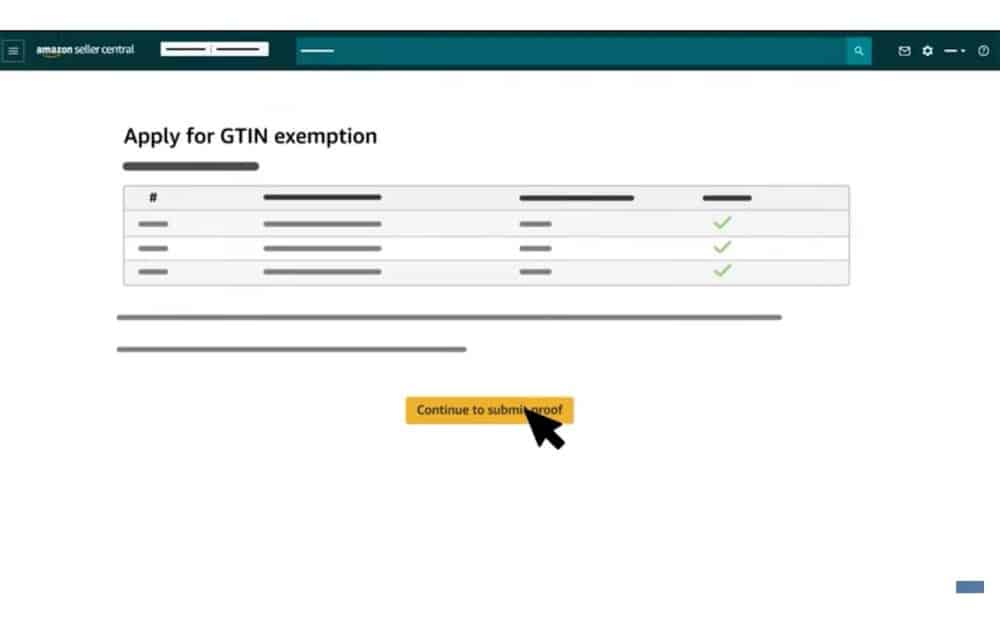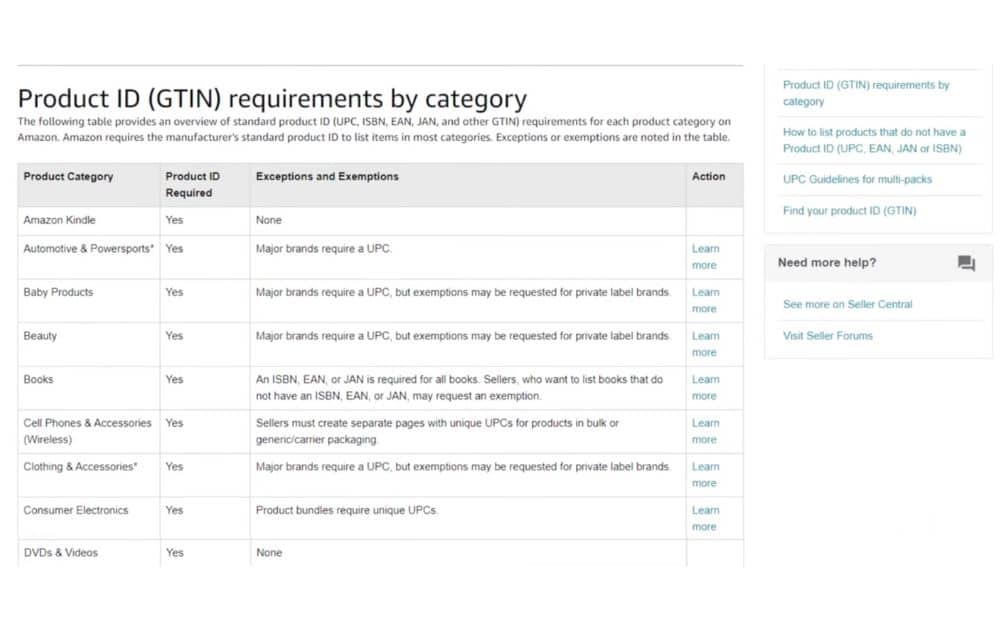When unlocking the secrets of Amazon’s marketplace, the concept of a GTIN Exemption emerges as a game-changer for many sellers. This lesser-known pathway offers a unique opportunity for those looking to list products that defy the conventional barcode system.
In a platform where every item typically requires a GTIN, understanding how to navigate the waters of exemption can set you apart in the bustling Amazon marketplace.
What Is GTIN?
Before we discuss how to apply for GTIN exemption, let’s first tackle the basics of GTIN.
GTIN, or Global Trade Item Number, is a unique identifier for products. It’s used globally to track and manage inventory in the supply chain.GTIN is a standard format for barcodes, helping retailers and manufacturers accurately identify and sell products in the global marketplace.

GTINs come in several formats:
- UPC (Universal Product Code). Predominantly used in Canada and the US, this code consists of 12 numeric digits. It’s commonly found in retail products and widely recognized in North America.
- EAN (European Article Number). Typically 13 numeric digits long, this is known as International Article Number outside Europe. This code is used globally, especially in Europe, Asia, and other international markets.
- JAN (Japanese Article Number). This code is essentially the Japanese version of the EAN and contains 13 numeric digits. It’s used exclusively in Japan.
- ISBN (International Standard Book Number). This code is specific to books and related publications and can be 10 or 13 digits, depending on the edition. It’s an essential requirement for booksellers and publishers.
- GTIN-14. Also known as an ITF-14, GTIN-14 is another type of GTIN used on Amazon. It is primarily used for packaging levels of a product rather than the product itself.
For sellers, understanding these formats is the first step in navigating the complexities of product identification and the potential need for an Amazon GTIN exemption.
What is GTIN Exemption?
Now comes the question: What is GTIN exemption? GTIN exemption refers to a special allowance provided by the marketplace, enabling sellers to list products without a GTIN.
Typically, products on Amazon require a GTIN, such as a UPC, EAN, or ISBN, for identification and tracking. However, the exemption offers a pathway for products that do not have these identifiers.
Benefits of GTIN Exemption
GTIN exemption offers several advantages, particularly for sellers who might not meet the standard GS1 barcode requirements.
- Ease of listing unique products. This exemption facilitates the listing of products that do not have a UPC, EAN, or ISBN. It’s ideal for handmade, custom-made, or unique items that don’t conform to standard barcode systems.
- Reduced costs and complexity. Being exempted means you don’t need to purchase barcodes, adhering to GS1 barcode requirements. As a result, small businesses and individual sellers can enjoy a simplified selling process.
- Flexibility in product branding. A GTIN exemption allows more control over branding, especially for private labels and exclusive products. It also supports brand identity without the constraints of standard barcoding.
Who Can Apply for a GTIN Exemption?
Understanding who is eligible to apply for exemption is crucial for sellers. Here’s a breakdown of the criteria:
Sellers with Non-Standard Products
Amazon may grant GTIN exemption to sellers offering products without a standard UPC, EAN, or ISBN. That said, the arrangement can be ideal for those who sell unique, handmade, or custom-made items.
Private Label and Small Brand Owners
Sellers with private label products or items from lesser-known brands could also apply for exemption if the products are not part of a larger, mass-produced inventory.
Artisanal or Niche Product Categories
Creators of handmade or artisanal items that are typically one-of-a-kind or made in limited quantities can also apply to be exempted from the requirement.
It’s also crucial to note that the GTIN exemption does not negate the need for quality and authenticity in listings. After all, all sellers must align with Transparency by Amazon standards, whether the products they offer are GTIN-exempted or not.
GTIN Exemption Application Requirements
Here are the requirements you must prepare before you can apply for an exemption:
- You must encode your product name and upload images or photos of the product and its packaging.
- The images must show all sides of the item. In addition, the brand name, as seen on the product or packaging, must be exactly the same as the name encoded in the system during application.
- Images uploaded must be actual photos of your product. That means you can’t use product illustrations for the application process.
- The branding must be permanently affixed to the product, packaging, or both.
- Photos used must show that the item doesn’t have a GS1 barcode.
How to Apply for GTIN Exemption on Amazon
Learning how to get a GTIN exemption on Amazon involves following a straightforward process while paying attention to detail. Here’s a step-by-step guide to apply:

- In Seller Central, hover over “Catalog” and select “Add Products.”
- Under “What’s a GTIN?” click “Learn more.”
- On the “How to list products that do not have a Product ID” page, click the hyperlink in “You can apply for GTIN exemption here.”
- On the “Apply for GTIN exemption” page, select your product category. If you’re seeking exemptions for various products across different categories, you can “Add more categories.” Doing so allows you to request exemptions for all relevant categories using a single form.
- Enter the brand in the “Brand/Publisher” field. You can use “Generic” for unbranded products.
- Click “Check for eligibility.” You need to submit your proof in the form of a file or document, which should be in either PDF, JPEG, or TIFF format.
Should your product not qualify for an exemption, the option to ‘Continue to submit proof’ will be inactive and unclickable.

How to Check the Status of Your Application
Once you’ve applied for an exemption, you need to check the status of your request to know if it has been approved. Here’s how to do so:
- At Seller Central, go to the “Catalog” section. Click on “Add Products.”
- Find and click on the “Check your status here” link, located under the GTIN exemption status section.
- You’ll be directed to the “Your cases and requests log” page, where you can view the status of your application.
Once your exemption is approved, you can add your products to the Amazon catalog without filling in the product ID field.
GTIN Exemption Challenges and Actionable Tips
Here are common challenges when dealing with GTIN exemptions, along with actionable tips to address each:
Maintaining Product Information Accuracy
Without a GTIN, your product lacks a universal identifier, making it more challenging to ensure that all the product information listed on Amazon matches your item exactly. That said, keeping track of product details, descriptions, images, and pricing could be challenging.
- Actionable Tip. Conduct regular audits of your product listings to ensure all information is accurate and reflective of the product you are selling.
Brand and Category Restrictions
Not all brands or product categories are eligible for GTIN exemptions. This limitation can be a significant hurdle for sellers who deal with products from these restricted categories or brands.
- Actionable Tip. Before applying for an exemption, check Amazon’s list of eligible categories and brands to confirm that your product qualifies. You can also access Seller Central to see the UPC exemptions and learn which categories don’t need a product ID to be listed.

Compliance with Amazon’s Policies
Sellers must adhere to all of Amazon’s selling policies, which cover a wide range of aspects, including product listing, shipping label requirements, and customer service. Navigating these policies without a GTIN can be complex.
- Actionable Tip. Regularly review and stay updated on Amazon’s selling policies to ensure your listings remain compliant, paying special attention to shipping and packaging guidelines.
FAQs About GTIN Exemption
Here are a few frequently asked questions about the matter:
How long does processing a GTIN exemption take?
Typically, you should expect to receive an email regarding the status of your exemption request within 48 hours.
Is exemption possible for products already on amazon?
Yes, if your product aligns with an existing listing on Amazon, you can add your offer to that product detail page without needing a GTIN.
Do GTIN exemptions have an expiration date?
No. Once granted, your GTIN exemption does not expire.
What should I do if I encounter a 5461 error?
Review Amazon’s ASIN creation policy to ensure your product isn’t already listed. If it’s not, reach out to Seller Support for assistance.
The Bottom Line
Applying for a GTIN exemption on Amazon opens up a world of opportunities for unique, handmade, or private-label products that don’t conform to the standard barcode system.
The key to success in utilizing GTIN exemptions lies in meticulous attention to detail, from ensuring your product information is accurate and up-to-date to staying compliant with Amazon’s policies.
Authors
 Esteban Muñoz is a content writer with several years’ experience in digital marketing and eCommerce. He’s been able to achieve incredible growth for his associates by optimizing and managing their accounts, and creating in-depth content marketing strategies.
Esteban Muñoz is a content writer with several years’ experience in digital marketing and eCommerce. He’s been able to achieve incredible growth for his associates by optimizing and managing their accounts, and creating in-depth content marketing strategies.
 Carla Bauto Deña is a journalist and content writer producing stories for traditional and digital media. She believes in empowering small businesses with the help of innovative solutions, such as e-commerce, digital marketing, and data analytics.
Carla Bauto Deña is a journalist and content writer producing stories for traditional and digital media. She believes in empowering small businesses with the help of innovative solutions, such as e-commerce, digital marketing, and data analytics.



